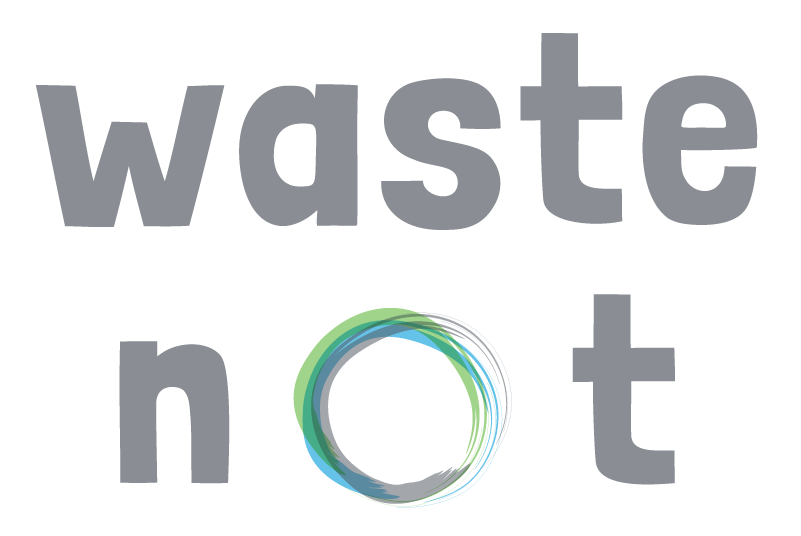Waste Not

CSULB's new program to eliminate campus waste by 2030!
Waste Not is a campus-wide program designed to revolutionize the way our campus community thinks about waste, recycling, and disposal. Founded on the principle of “waste not, want not,” this program aims to promote policies and a zero waste culture by focusing on reducing wasteful practices and improving recycling infrastructure across the university.
Starting in January 2018, the program will be implemented in four phases over a three-year period. Program implementation will entail the installation of new recycling bins inside and outside buildings, a comprehensive communications and outreach plan, and student and staff training.
With your help, CSULB will move closer to the goal of becoming a zero waste campus!
Check out the map below to see where you can find the nearest zero waste building on campus:
According to the Zero Waste International Alliance, “zero waste is a goal that is ethical, economical, efficient, and visionary, to guide people in changing their lifestyles and practices to emulate sustainable natural cycles, where all discarded materials are designed to become resources for another to use.”
In nature, there is no such thing as waste. The “waste” from one natural system becomes the fuel for the next, creating a balanced, closed-loop model.
Using these sustainable natural cycles as a framework, the goal of zero waste is to first re-think the way we design products and consume resources so that we are considering how they can feed back into a closed loop system. Next, we must reduce the amount of resources we consume and find ways to reuse items we already have as much as possible.
Lastly, although recycling and (industrial) composting do divert resources from the waste stream, these processes require significant amounts of energy to transport and transform the materials, and so they considered the last option prior to disposing of materials landfills and incinerators.
This model is illustrated below in the Zero Waste Hierarchy:
Zero Waste Hierarchy

We live on a planet with a finite amount of resources, yet the majority of our economy relies on a linear system of resource extraction, consumption and disposal that creates a lot of waste while also generating pollution, including greenhouse gas emissions that contribute to climate change.
Although it may seem inconvenient at first to do away with our "throw away" mentality, it is a crucial step to ensure that we will have a healthier planet and a more sustainable future.
CSULB’s pursuit of our zero waste goals will require a culture shift for our campus community. Together, we can become better stewards of our planet’s precious resources, while also helping the university move closer to its 2030 carbon neutrality goal outlined in our Climate Commitment.
Need some tips for going zero waste? Check out our helpful tips!





